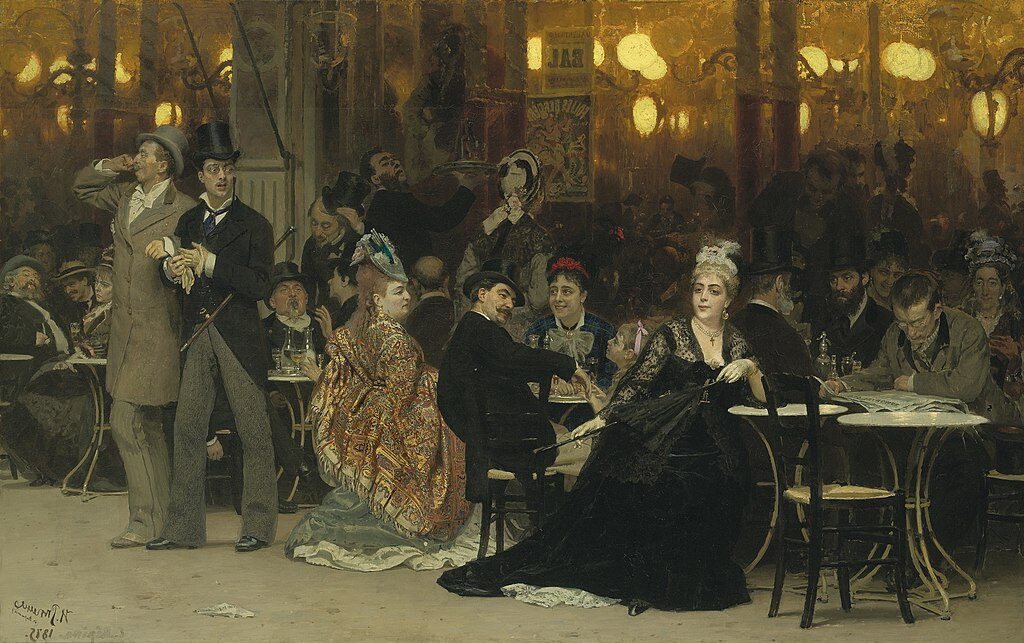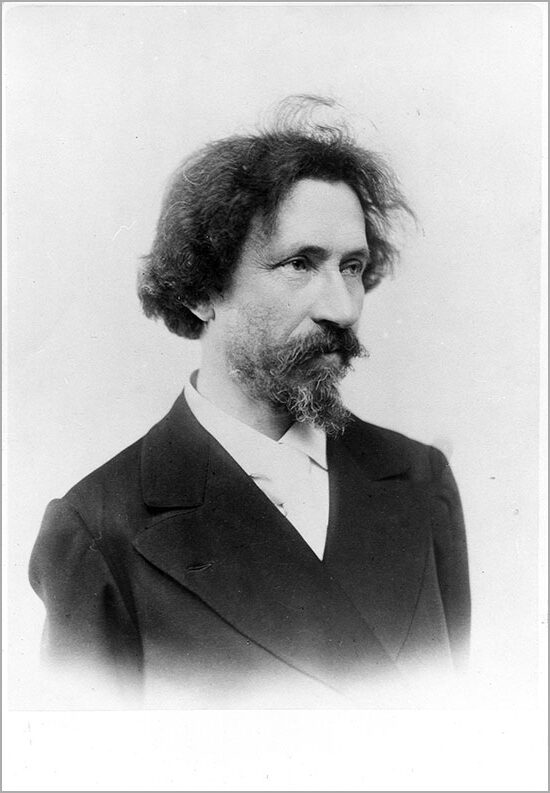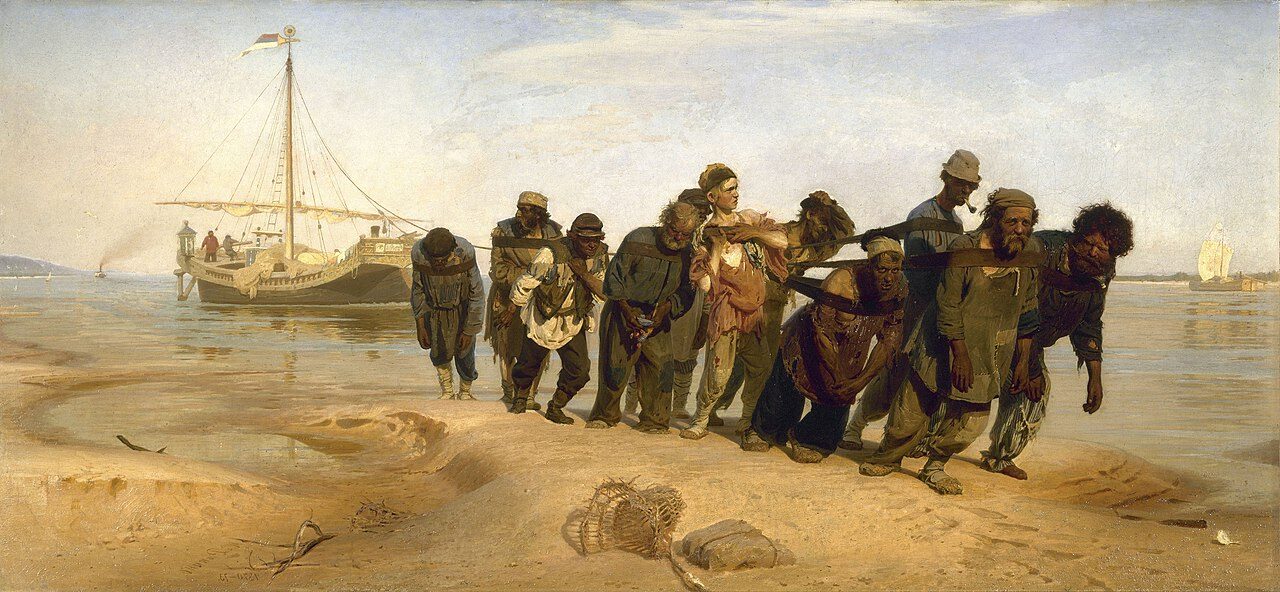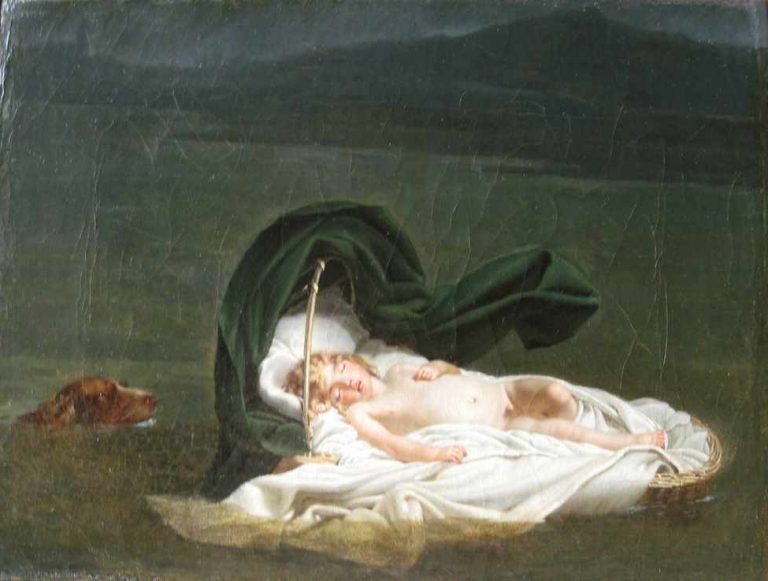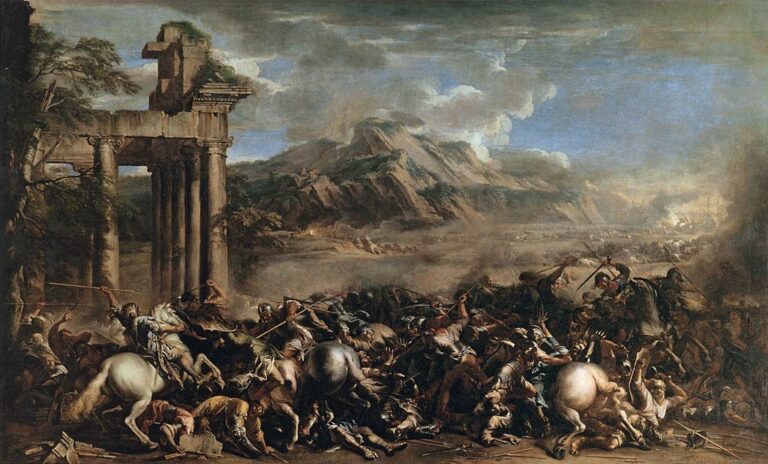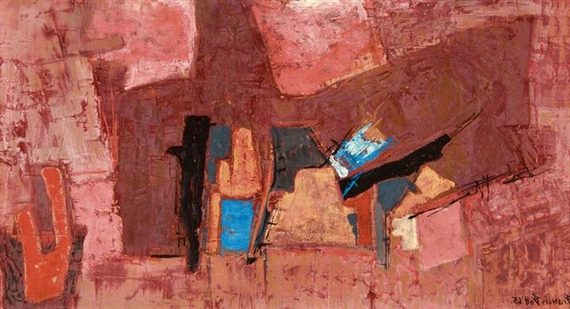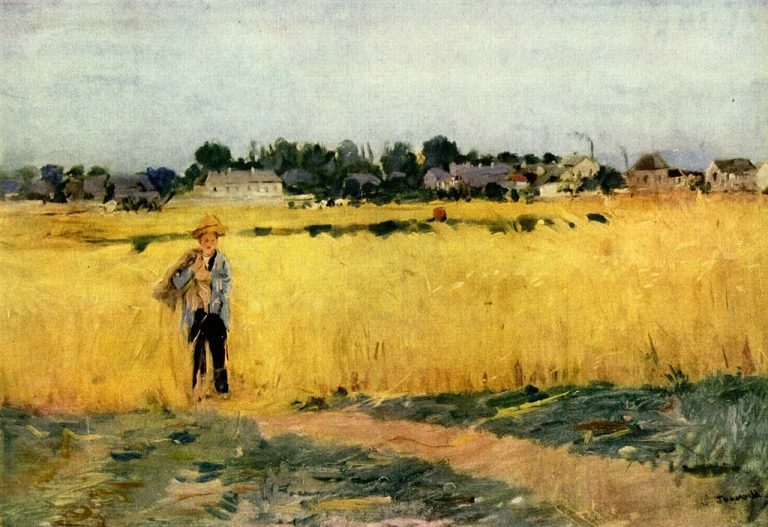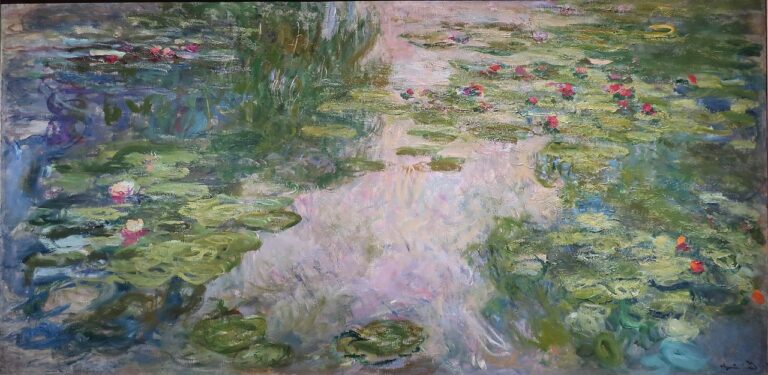Ilya Repin Painter: The Master of Russian Realism in the 19th Century
Born: 5 August [O.S. 24 July] 1844, Chuguev, Russian Empire
Death: 29 September 1930, Kuokkala, Finland
Art Movement: Realism
Nationality: Russian
Teacher: Ivan Kramskoi
Institution: Imperial Academy of Fine Arts, Saint Petersburg
Ilya Repin Painter: The Master of Russian Realism in the 19th Century
Life and Career of Ilya Repin
Ilya Efimovich Repin stands as one of Russia’s most influential artists. His realistic paintings captured the social and political climate of his time. His journey from humble beginnings to becoming a master painter spans decades of dedication to his craft and a commitment to honest portrayals of Russian life.
Early Life and Education
Born in 1844 in Chuguyev, a small town in Ukraine’s Kharkov province, Repin grew up in modest circumstances. His first artistic training came from local icon painters, particularly under a craftsman named Bunakov. This early exposure to religious art influenced his meticulous attention to detail.
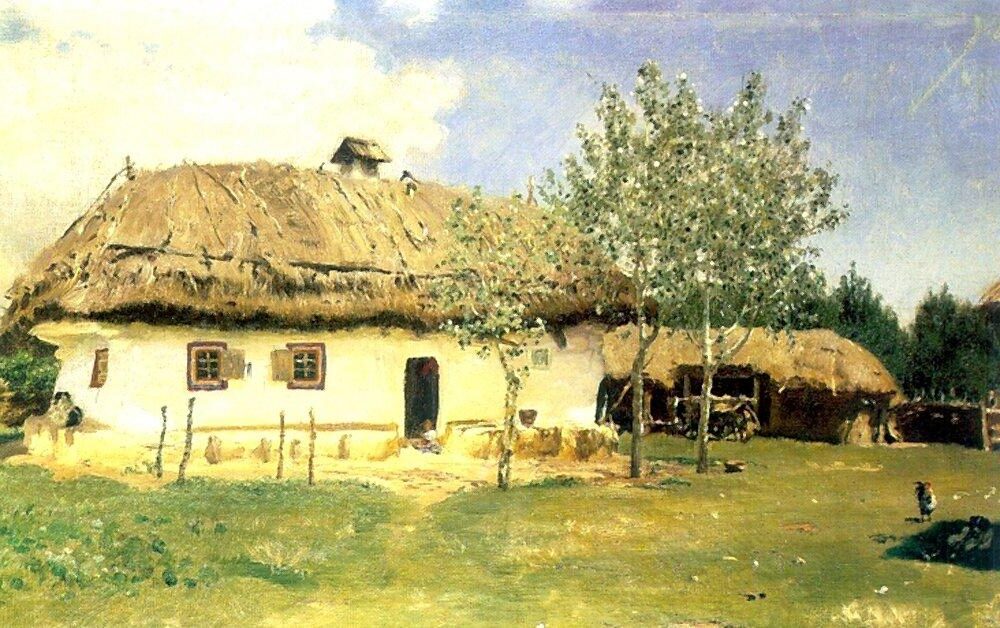
Ukrainian Traditional Peasant House, 1880, by Ilya Repin
At age 20, Repin moved to Saint Petersburg to further his education. In 1864, he enrolled at the prestigious Academy of Arts, where he refined his technical skills. The academy’s strict classical training provided him with strong foundations, though he would later challenge its conventions.
During his student years, Repin struggled financially but showed exceptional talent. His determination caught the attention of important patrons who supported his development. These formative experiences shaped his artistic vision and his understanding of social inequality.
Rise to Fame and Main Works
Repin’s breakthrough came in 1873 with “Barge Haulers on the Volga,” a powerful depiction of laborers that brought him immediate recognition. The painting’s unflinching realism and social commentary established him as a leading voice in Russian art.
Following this success, Repin created numerous masterpieces that showcased his versatility:
- “Religious Procession in Kursk Province” (1880-1883)
- “Ivan the Terrible and His Son Ivan” (1885)
- “The Zaporozhian Cossacks” (1880-1891)
His portraiture skills were equally remarkable. He painted over 300 portraits throughout his career, capturing the likenesses of prominent figures including Leo Tolstoy and Modest Mussorgsky. Each portrait revealed not just physical appearances but deeper psychological insights.
Repin’s work combined technical excellence with emotional depth. He constantly experimented with new techniques while maintaining his commitment to realism. This approach earned him international acclaim and cemented his position as Russia’s premier artist.
Later Years and Legacy
In 1900, Repin purchased an estate called “Penates” in Kuokkala (now Repino), Finland. This peaceful retreat became his home and studio for the remainder of his life. Despite suffering a hand injury that limited his abilities, he continued painting until his final years.
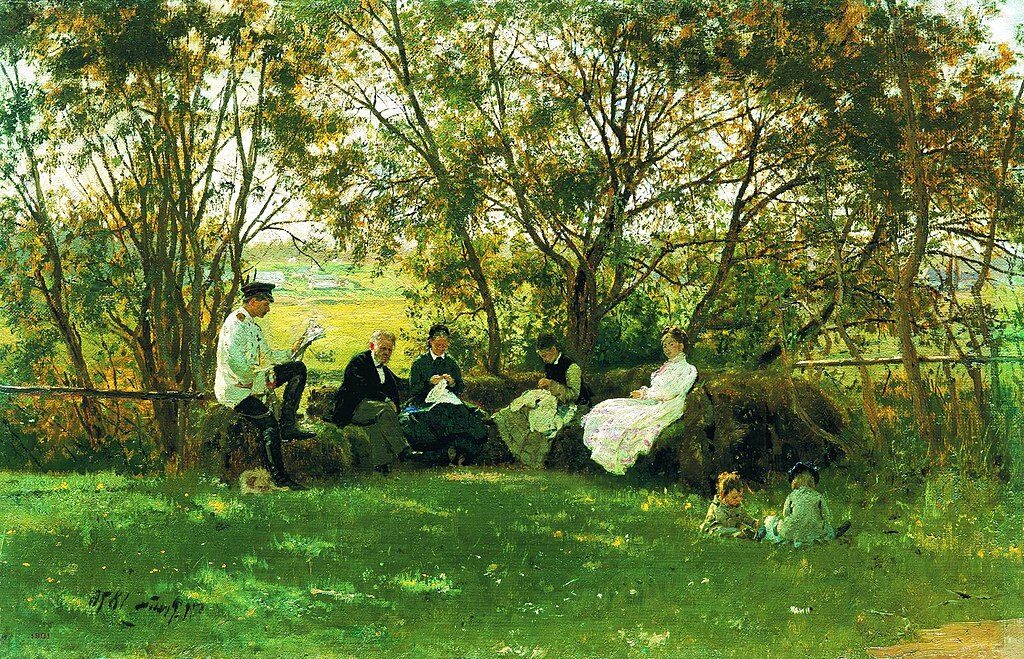
Repin’s Family on a Turf Bench, 1876, by Ilya Repin
The Russian Revolution of 1917 created a geographic separation between Repin and his homeland. Though invited to return to what became Leningrad, he chose to remain at Penates, where he died in 1930 at age 86.
Repin’s influence on Russian art is immeasurable. He trained countless students and established realism as a dominant artistic tradition. His works remain centerpieces in major museums, particularly the State Tretyakov Gallery in Moscow and the Russian Museum in Saint Petersburg.
Today, his former estate serves as the Repin House Museum, preserving his legacy. His commitment to portraying Russian life with honesty and skill continues to inspire artists around the world, making him a towering figure in art history.
Major Works and Artistic Contributions
Ilya Repin created powerful paintings that captured Russian history and society with remarkable realism. His work combined technical excellence with deep emotional impact, establishing him as one of Russia’s greatest artists.
Ivan the Terrible and His Son Ivan
This 1885 masterpiece depicts the aftermath of Ivan the Terrible’s fatal attack on his son. The painting shows the horrified tsar cradling his dying son, with blood staining the floor.
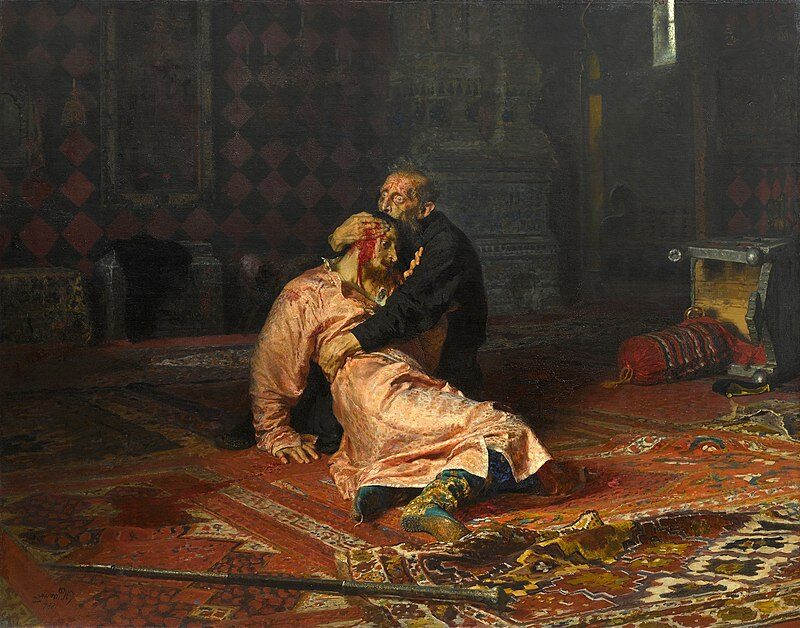
Ivan the Terrible and His Son Ivan, 1885, by Ilya Repin
The psychological intensity of the work is striking. Repin captures the tsar’s anguished face with remarkable detail – eyes wide with horror and regret.
The painting hangs in the State Tretyakov Gallery in Moscow. It has survived several vandalism attempts, including a 1913 knife attack and a 2018 incident when a man damaged it with a metal pole.
Critics praise the work for its technical mastery and emotional power. The stark contrast between the red blood and the tsar’s pale face creates visual drama that amplifies the psychological tension.
Reply of the Zaporozhian Cossacks
Completed in 1891, this large-scale historical painting shows Cossacks composing a vulgar reply to Ottoman Sultan Mehmed IV. The work celebrates Ukrainian Cossack culture with humor and historical detail.
Repin spent over a decade researching and painting this scene. He traveled to Zaporozhian regions, studied historical documents, and collected authentic costumes and weapons.
The composition includes over a dozen distinctive characters, each with unique expressions. The central scribe writes while others laugh, suggest insults, or observe the proceedings.
The Russian Museum in St. Petersburg houses this painting. It has become an iconic image of Ukrainian national identity, celebrated for its portrayal of defiant freedom and collective joy.
Volga Bargemen
This 1873 painting, also called “Barge Haulers on the Volga,” depicts eleven men dragging a barge upstream. The work powerfully illustrates the harsh conditions faced by laborers in Imperial Russia.
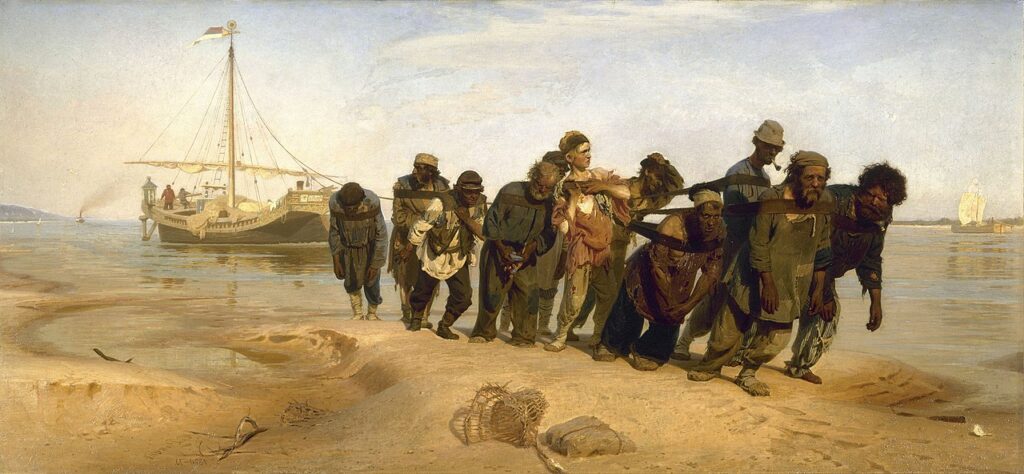
Barge Haulers on the Volga, 1870–1873, by Ilya Repin
Repin’s social commentary is subtle but effective. He portrays the men with dignity rather than as mere victims, showing their individual personalities and inner strength.
The composition draws viewers’ eyes across the line of haulers. The youngest man in the center stands more upright, perhaps suggesting hope amid difficult circumstances.
Leo Tolstoy admired this painting for its honest portrayal of Russian peasant life. The work established Repin’s reputation as an artist concerned with social issues while demonstrating his technical brilliance in capturing light, texture, and human expression.
They Did Not Expect Him
Painted in 1884-1888, this work shows a political exile returning unexpectedly to his family home. The scene captures the precise moment of recognition, with each family member showing different reactions.
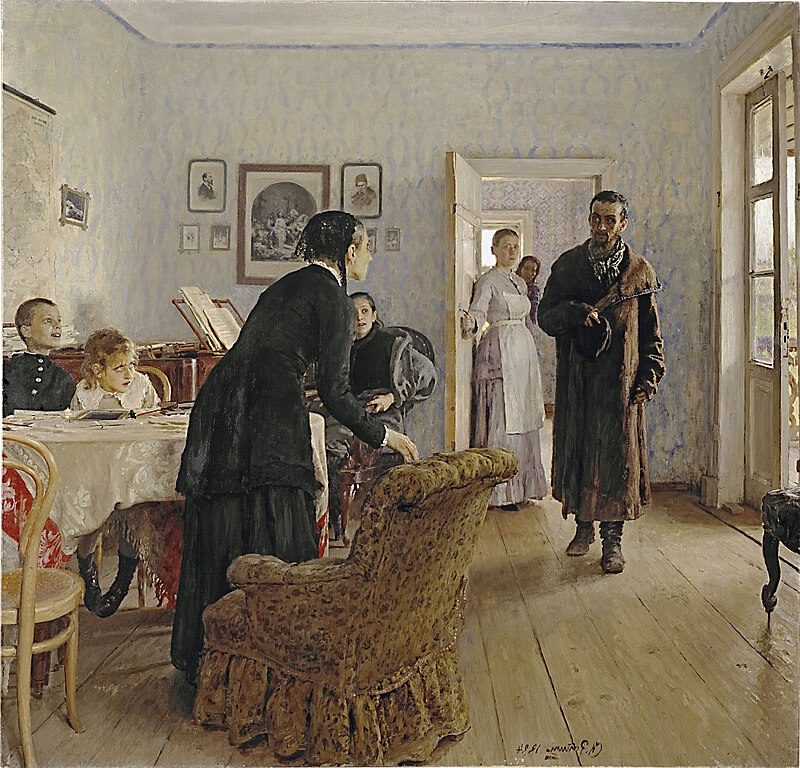
They Did Not Expect Him, 1884–1888, by Ilya Repin
The painting’s psychological complexity makes it remarkable. The returning man appears thin and weathered, while family members display shock, joy, and uncertainty.
Repin uses the doorway as a powerful compositional element. The exile stands in the threshold between darkness and light, symbolizing his transition from imprisonment to freedom.
The work reflects the political realities of Tsarist Russia under Tsar Nicholas II, when many intellectuals faced exile. It demonstrates Repin’s ability to transform political themes into deeply human moments that transcend specific historical circumstances.
Arrest of a Propagandist
This 1880-1892 work depicts the arrest of a revolutionary by tsarist police. The painting shows the tension between political activism and government repression during a turbulent period in Russian history.

Putting a Propagandist Under Arrest, 1880–1892, by Ilya Repin
Repin captures multiple perspectives in the scene. The arrested propagandist maintains dignity while family members react with distress. The police appear methodical rather than overtly cruel.
The painting’s composition creates dramatic impact through its lighting and arrangement of figures. Repin positions viewers as witnesses to this intimate yet politically charged moment.
The work reflects Repin’s interest in the Narodnik movement, which sought to educate peasants about revolutionary ideas. Through subtle details and expressive faces, Repin transforms a political incident into a universal human drama about courage, sacrifice, and the high cost of idealism.
Repin’s Influence and Significance
Ilya Yefimovich Repin stands as one of the most influential figures in Russian art history, transforming both technical approaches and subject matter in painting. His realistic portrayals of Russian life created a lasting impact across multiple spheres of artistic and cultural development.
Contributions to Russian Art
Repin revolutionized Russian painting through his unflinching realism and technical mastery. His works, like “Barge Haulers on the Volga,” brought attention to social issues while demonstrating extraordinary compositional skill. Unlike his predecessors, Repin captured the authentic Russian experience rather than idealized versions.
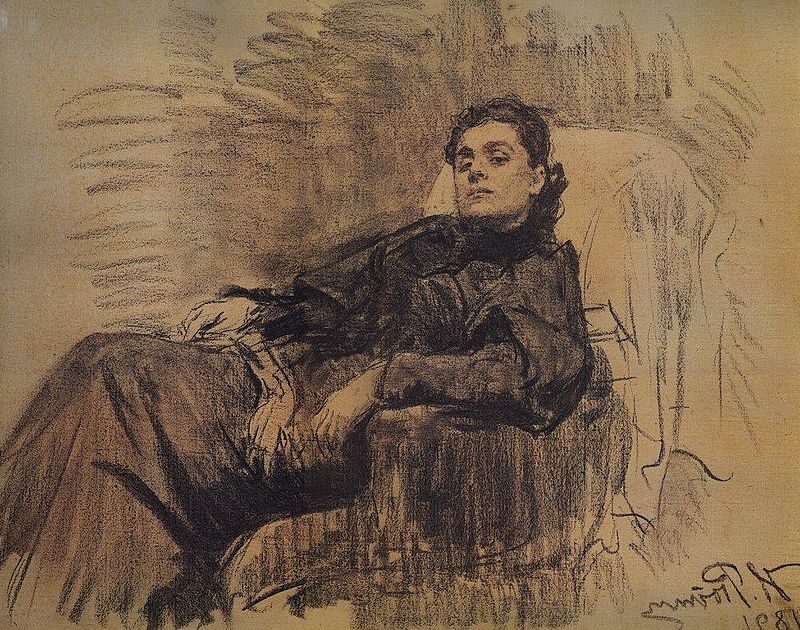
The Actress Eleanor Duse, 1891, by Ilya Repin
The painter established new standards for depicting common people with dignity. His detailed portraits revealed psychological depth previously unseen in Russian art. Works featuring Cossacks, particularly “Reply of the Zaporozhian Cossacks,” became iconic representations of Russian cultural identity.
Repin’s techniques influenced generations of Russian artists. His approach to color, light, and human expression created a distinctly Russian visual language that continued long after his death.
Relationship with Contemporary Artists and Sociopolitical Figures
Repin maintained complex connections with fellow artists through the Peredvizhniki (The Wanderers) movement. These relationships fostered artistic exchange while promoting Russian art’s independence from European traditions.
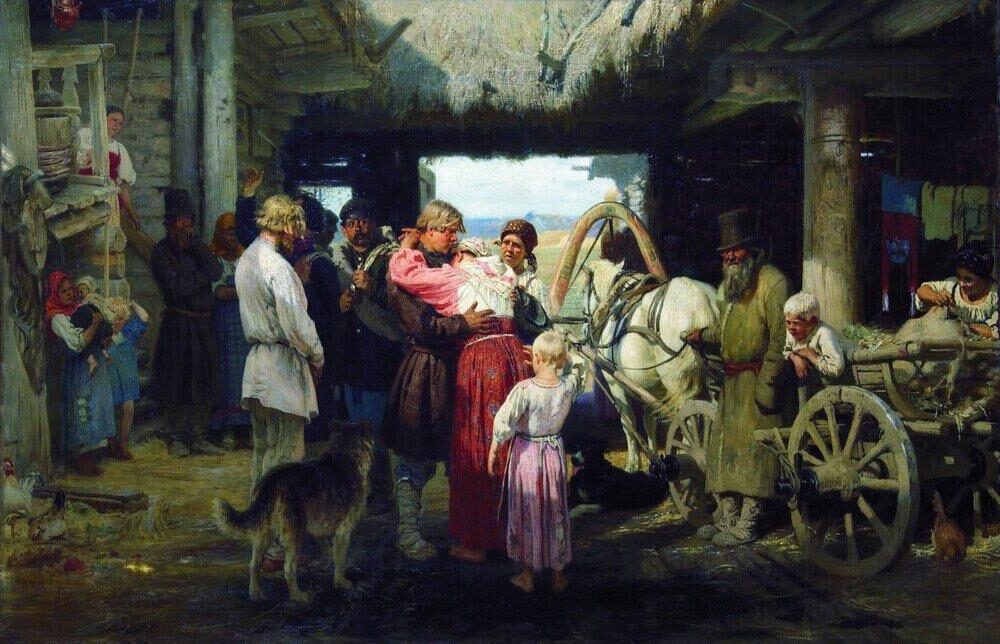
Seeing off a Recruit, 1879, by Ilya Repin
He developed significant friendships with writer Leo Tolstoy and composer Modest Mussorgsky, creating powerful portraits of both. These relationships reflected Repin’s engagement with Russia’s intellectual elite and his interest in progressive ideas.
Political figures recognized Repin’s influence. Despite his sometimes critical portrayals of Russian society, the government celebrated his work as authentically Russian. This paradoxical relationship demonstrates his unique cultural position.
Repin’s studio became a gathering place for artists and thinkers. His teaching and mentorship shaped the next wave of Russian painters who continued exploring themes of national identity and social justice.
Frequently Asked Questions
Ilya Repin’s artistic legacy continues to intrigue art enthusiasts worldwide. His masterful techniques and powerful compositions have secured his place in art history as one of the greatest realist painters.
What is considered Ilya Repin’s most significant contribution to art?
Repin’s greatest contribution was his ability to capture the social realities of Russia during the 19th century. His painting “Barge Haulers on the Volga” stands as a revolutionary work that portrayed the harsh conditions of laborers with dignity and humanity.
This work marked a turning point in Russian art by elevating social commentary to fine art status. Repin’s unflinching portrayal of Russian life across all social classes helped develop a distinctly Russian approach to realism.
How did Ilya Repin’s work influence Russian culture and history?
Repin’s paintings became visual documents of Russian life during a period of great social change. His works like “Religious Procession in Kursk Province” captured authentic Russian experiences that resonated deeply with the public.
Many of his historical paintings, such as “Ivan the Terrible and His Son Ivan,” became iconic representations of Russian history. These images shaped how Russians understood their past and national identity.
Repin’s art transcended mere aesthetics to become part of Russia’s cultural consciousness. His works were reproduced in textbooks and became reference points for discussions about Russian society and history.
What are some of the notable techniques Repin used in his paintings?
Repin mastered the use of light and shadow to create psychological depth in his subjects. His brushwork varied from precise detail to broader, more expressive strokes depending on the emotional tone needed.
He employed complex compositional structures that guided viewers’ attention through narratives within his paintings. Repin’s color palette was realistic yet vibrant, particularly in his ability to capture the nuances of human skin tones.
His technical excellence extended to his preparation methods. Repin created numerous preliminary sketches and studies before beginning major works, ensuring both anatomical accuracy and emotional authenticity.
Can you name a few of Ilya Repin’s most famous portrait works?
“Portrait of Modest Mussorgsky” stands among Repin’s finest portraits, capturing the composer during his final days with striking honesty. “Portrait of Leo Tolstoy” memorably depicts the famous writer barefoot in peasant clothing, reflecting Tolstoy’s philosophical views.
Repin’s “Portrait of Vera Repina” shows his daughter and demonstrates his ability to capture intimate family connections. His portrait of surgeon Nikolai Pirogov showcases Repin’s skill in depicting intellectual intensity and character.
“Portrait of the Composer Alexander Glazunov” reveals Repin’s masterful ability to convey both physical likeness and artistic temperament through subtle visual cues.
What role did Ilya Repin play in the development of Russian Realism?
Repin became the leading figure of the Peredvizhniki (The Wanderers) movement, which rejected academic conventions in favor of socially conscious art. His technical excellence gave legitimacy to this movement, demonstrating that realism could achieve artistic greatness.
As a professor at the Imperial Academy of Arts, Repin trained a generation of artists who carried forward realist traditions. His commitment to depicting authentic Russian experiences established a national artistic identity distinct from Western European traditions.
Repin’s approach balanced technical precision with emotional and narrative power. This combination defined the character of Russian Realism as both socially engaged and artistically sophisticated.
How has Ilya Repin’s legacy been preserved in art galleries and museums?
The State Tretyakov Gallery in Moscow houses many of Repin’s masterpieces, including “Ivan the Terrible and His Son Ivan.” His former home and studio, Penaty in Finland (now Russia), has been preserved as a museum dedicated to his life and work.
The Russian Museum in St. Petersburg contains a significant collection of Repin’s paintings. His works also appear in major international museums, such as the Metropolitan Museum of Art in New York.
Regular exhibitions of Repin’s work continue to introduce new generations to his artistry. Art historians and scholars regularly publish new research on his techniques, subject matter, and cultural significance.

